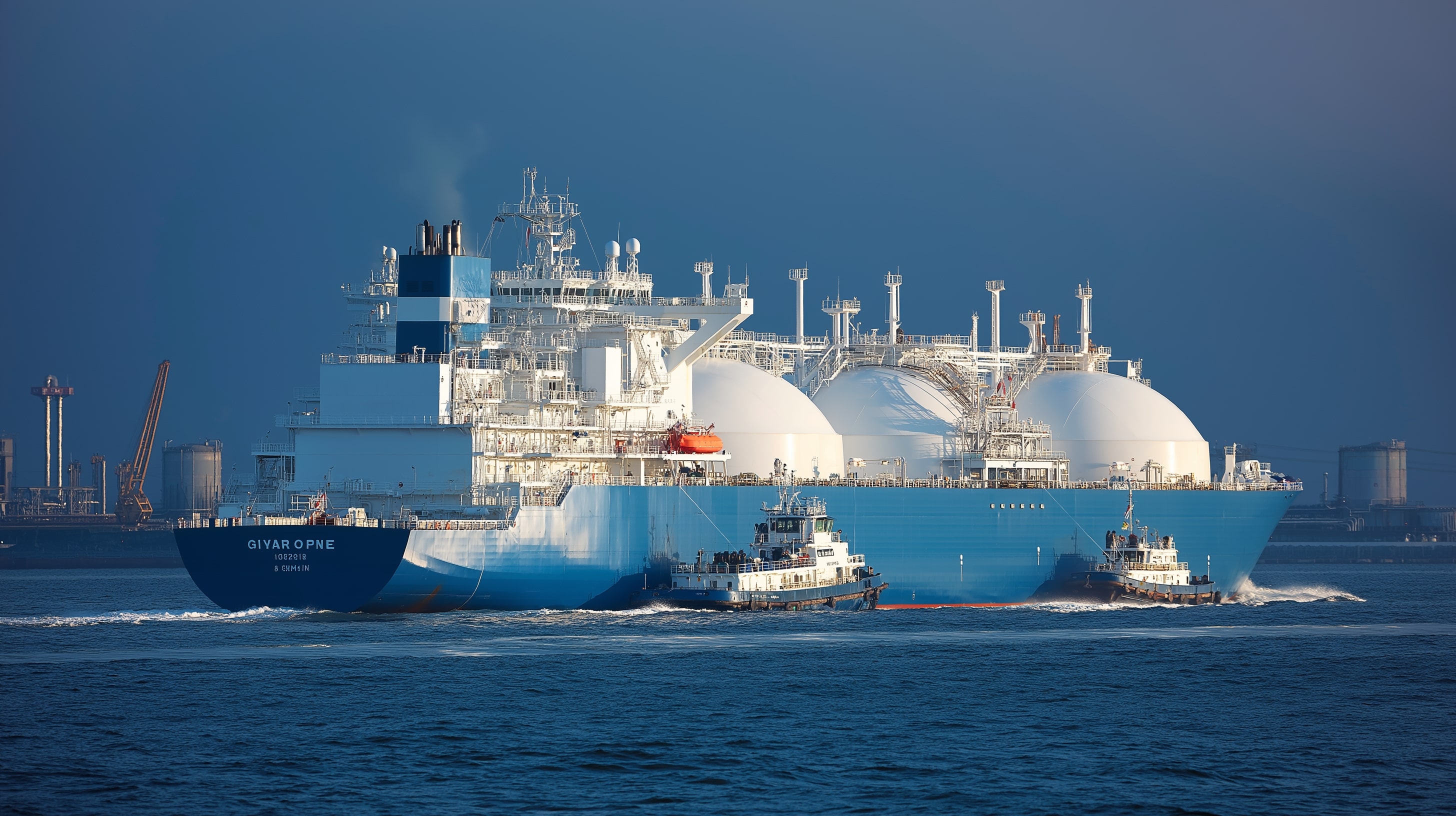Natural Gas (NG=F) Plunges to $3.09 as Mild Weather, Record Storage, and Turkish Spot Weakness Pressure Prices
Natural Gas (NG=F) tumbled to $3.09 per MMBtu, marking its lowest level in two and a half weeks as bearish fundamentals gripped the market heading into mid-October. Sellers dominated across global hubs, from the U.S. Henry Hub benchmark to Türkiye’s spot market, as warmer-than-expected forecasts slashed near-term heating demand and inventories swelled above historical norms. In the U.S., the November contract fell 4.99%, closing at $3.09, while Türkiye’s spot gas settled at ₺14,328.56 per 1,000 cubic meters, equivalent to roughly $342.45, a 0.5% drop from the previous session. Total trade volume on the Turkish Energy Exchange (EXIST) slipped to ₺15.86 million, as domestic pipeline inflows reached 137.7 million cubic meters—ample supply given muted consumption.
Surging U.S. Output and Storage Surpluses Reinforce Downtrend
The Energy Information Administration reported that U.S. natural gas inventories rose by +80 Bcf for the week ended October 3, surpassing market expectations of +77 Bcf but still under the five-year weekly average of +94 Bcf. Total storage now sits 4.5% above the five-year seasonal average and 0.3% higher year-over-year, leaving little urgency for buyers to chase prices higher. As of Friday, lower-48 dry gas production reached 108.1 Bcf/day, up 5% year-over-year, underscoring the oversupply dynamic. The EIA also revised its 2025 output forecast upward by 0.5% to 107.14 Bcf/day, marking a fresh record. The U.S. rig count climbed by two to 120 rigs, just shy of the two-year high of 124 rigs, reinforcing that production growth remains resilient despite recent price softness.
Weather Models and Demand Outlook Tilt Bearish
Forecasting firm Atmospheric G2 reported a sharp warming trend for the eastern United States between October 20–24, cutting expected heating loads during the key shoulder-season window. Lower-48 gas demand fell 6.7% year-over-year to 66.0 Bcf/day, while LNG feedgas exports edged up slightly to 16.0 Bcf/day, a modest +1.6% week-over-week rise. European fundamentals followed the same path: EU gas storage levels remained 83% full, compared to 91% five-year norms, while September demand slipped 2.7%. The benchmark Dutch TTF contract eased 1% to €32.87/MWh, still up 5% for the week on cold-weather risks tied to Ukrainian attacks on Russian infrastructure. The combination of mild weather, high storage, and soft consumption reinforced the global oversupply narrative.
Technical Breakdown Confirms Bearish Momentum for NG=F
The breakdown through the 20-day moving average at $3.16 accelerated selling momentum. Chart analysis shows key support clustered between $2.95 and $3.03, where the 50-day moving average aligns with the lower edge of a rising channel that has contained prices since early September. A confirmed close below $3.16 solidifies a double-top pattern previously triggered by the failure near $3.30, where the 200-day moving average capped earlier rallies. The RSI remains in neutral territory near 47 but trending lower, indicating room for further downside. The lower channel line intersects with anchored VWAP at $2.97, forming a high-probability support zone, while resistance remains firm at $3.30. A break above that level would neutralize near-term bearishness, though the weekly candle structure still tilts strongly toward sellers.
Pipeline Constraints and Regional Pricing Disparities Deepen
At the U.S. regional level, NGI data show persistent structural imbalances: Waha hub prices in West Texas averaged negative $1.20/MMBtu, the 21st consecutive session below zero, as ongoing maintenance and capacity constraints choked takeaway options. Meanwhile, the Trinity Gas Storage LLC hub in Texas registered its first Intercontinental Exchange-linked trade, marking a new frontier for year-round gas storage trading driven by data center and power-generation demand in the Haynesville Shale region. These localized disruptions highlight the disconnect between upstream production growth and midstream evacuation capacity—a recurring theme that continues to distort regional pricing and depress producer margins.
Global Interplay: LNG Feedgas Demand and Türkiye’s Market Stability
Despite U.S. domestic weakness, LNG flows held steady at 16 Bcf/day, reflecting stable export demand. Türkiye’s energy data further illustrate diverging regional fundamentals: while its spot market declined slightly to ₺14,328.56 per 1,000 cubic meters, the country imported a robust 137.7 million cubic meters of pipeline gas, showing steady long-term contract commitments amid moderate local consumption. With the Turkish lira trading at ₺41.85 per dollar, the domestic cost of imported gas remains elevated, but still manageable under BOTAS’s state-supported pricing mechanism. This balance between high nominal prices and steady inflows has helped Türkiye avoid the volatility gripping European hubs.
Forward Curve Compression Reflects Limited Seasonal Premium
Natural Gas Intelligence reported that forward prices fell sharply during the October 2–8 trading window, erasing early autumn gains as traders priced in record storage and warmer weather. The forward curve now shows minimal premium into winter—an unusual feature for this period—signaling market skepticism toward any sustained demand spike. The Henry Hub November contract leads the decline, but forward months through January have also retraced, compressing seasonal spreads. Historically, similar flattening in the curve preceded winter rallies only when unexpected cold waves disrupted supply. Without such an event, the curve suggests continued consolidation between $2.95 and $3.25.
Macroeconomic and Geopolitical Backdrop Adds Layered Volatility
President Trump’s renewed tariff threats against China over rare earth restrictions added a fresh macro overhang to the broader energy complex. These tensions, coupled with the recent Israel–Hamas ceasefire, have eased geopolitical risk premiums across oil and gas markets. WTI crude fell 4.2% to $58.90 per barrel, Brent slid 3.8% to $62.73, and Henry Hub followed suit, down 3.05% on Friday. Although gas is less exposed to trade friction than crude, risk-off sentiment across commodities has suppressed speculative flows into NG=F futures, reducing the likelihood of a short-covering bounce.
Power Generation Data Offer Partial Support but Not Enough to Reverse Trend
The Edison Electric Institute reported that U.S. electricity output for the week ended October 4 rose 2.91% year-over-year to 80,972 GWh, with total output for the past 52 weeks up 2.89% to 4.27 million GWh. Increased generation helps absorb incremental gas supply, but the rise in renewable capacity—especially solar installations—continues to displace marginal gas-fired output during peak daylight hours. This substitution effect blunts what would otherwise be a bullish offset for NG=F prices.
Comparative Outlook: U.S. vs. European Gas Market Dynamics
While the U.S. market contends with overproduction, Europe faces structural uncertainty tied to supply diversification. Gas Infrastructure Europe’s report showing storage at 83% full provides a cushion, but regional consumption patterns remain fragile. Ukrainian attacks on Russian export infrastructure introduce risk premia, but these are outweighed by mild weather forecasts across the continent. Consequently, the Dutch TTF benchmark retains only modest week-to-week gains. The contrast between Europe’s risk-based pricing and the U.S.’s supply-driven pressure underscores NG=F’s vulnerability to domestic oversupply rather than external shocks.
Institutional Activity and Market Psychology
Institutional investors remain cautious. Energy sector surveys by the Federal Reserve Bank of Kansas City show producers require $4.64 per MMBtu to expand drilling programs meaningfully—well above current prices. This threshold suggests further drilling restraint unless prices rebound sharply. Meanwhile, speculative funds remain net short NG=F contracts, signaling persistent skepticism about a near-term turnaround. However, any unexpected cold outbreak or LNG facility outage could trigger a fast rebalancing of those positions, given the compressed volatility profile.
Verdict: SELL — Persistent Oversupply and Weather Headwinds Dominate
The evidence converges on one conclusion: Natural Gas (NG=F) remains under heavy bearish pressure. Prices near $3.09 reflect an oversupplied market, with U.S. output near record highs, inventories 4.5% above seasonal averages, and regional hubs such as Waha locked in negative pricing. Technicals point toward $2.95–$3.03 as the next test, while fundamental catalysts for a rebound remain scarce. Unless a sudden cold shock or LNG surge emerges, the bias stays firmly downward. Under current data, Natural Gas (NG=F) is rated SELL, with a near-term trading range projected between $2.90 and $3.25, and limited upside beyond $3.30 until production slows or demand accelerates.
That's TradingNEWS




















